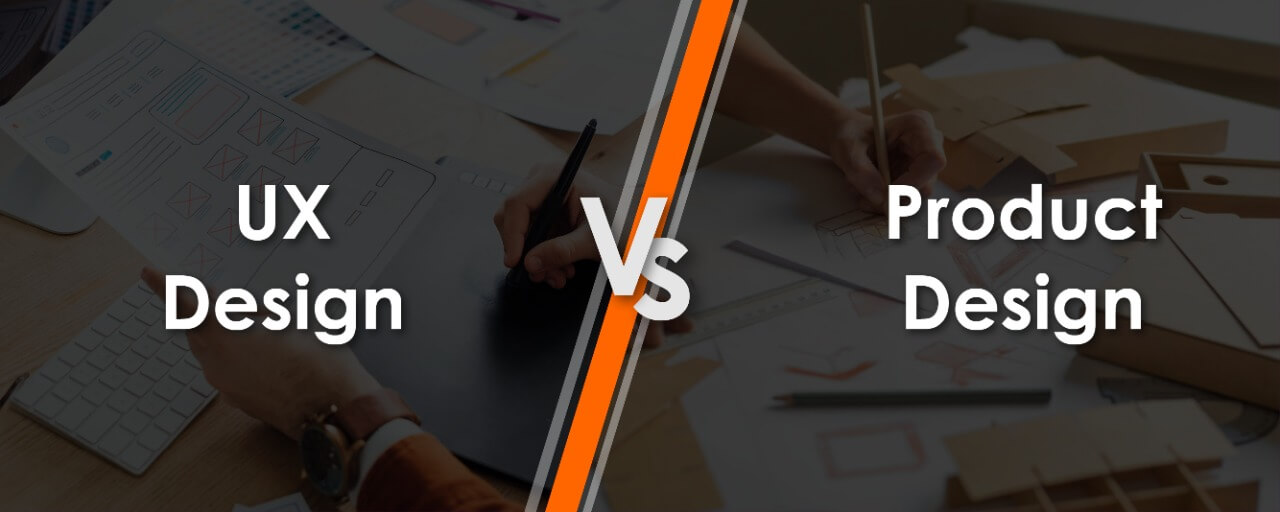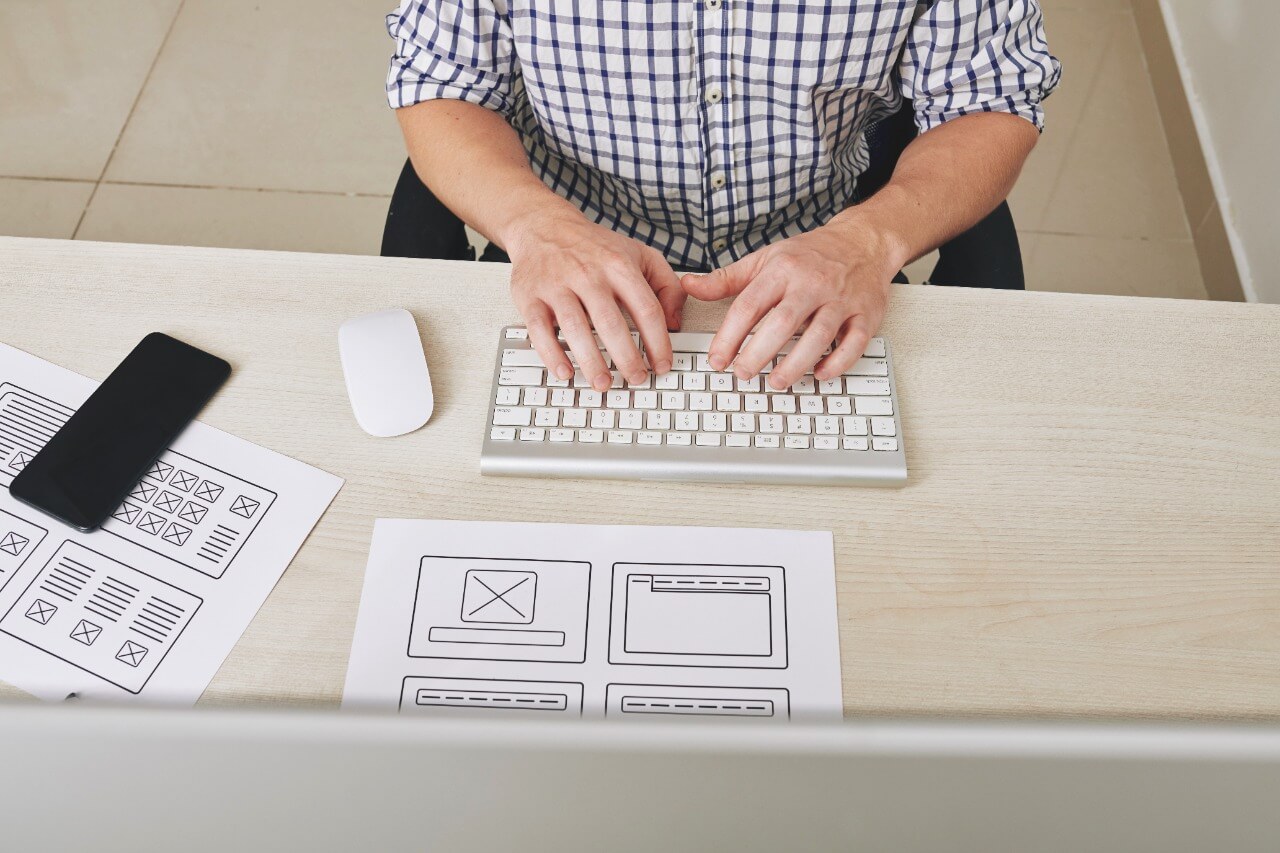UX Design v/s Product Design - The Basic Difference

With such a diverse and ever-expanding range of design positions available today, the distinction between UX design and product design is frequently debated. On the matter, there appear to be two factions of voters: some claim that there is no difference between the two professions, while others argue that they are completely different employment with clearly defined priorities.To be clear there are undoubtedly some similarities between the two jobs. But, they are not the same in many ways. Both the courses are sperate in many ways and are a part of curriculum at some of the best design schools like MIT School of Design, Pune.
On paper, product designers and user experience designers are extremely similar.One of the reasons the two professions are so interchangeable is because product designers frequently transition to UX designers and vice versa.
When it comes to diverse approaches to methods, ideas, and priorities, the differences between product design and UX design become apparent, even if they are slight. This detailed guide will outline all of the important distinctions and similarities in job titles, ensuring that you never get these two professions mixed up again.
Definition of UX Designing
The role of a product designer is similar to that of a full-stack designer, a multidisciplinary ‘jack of all trades' designer who does UX, UI, coding, project management, and (maybe most significantly) problem-solving. In other words, a product designer creates solutions to issues that may arise during the development process.
Product designers will organise teams to facilitate solutions, establish various test plans, produce wireframes, and go through rounds of A/B testing to tackle these difficulties. A product designer will also assist developers during the launch phase, as well as collaborate with marketing teams to ensure brand and product alignment.
They are, in a nutshell, the product's guardians, ensuring that it is the most relevant, cost-effective, and functioning product possible, and that all stakeholders are satisfied.
UX v/s Product Designing Similarities
To begin, both designers will go through the design thinking process and approach design from a human-centered perspective. Their jobs both include market research (although naturally, the UX designer will delve deeper into the user testing).
In addition to these commonalities, it's not uncommon for UX and product designers to use the same tools during the design process. User mapping technologies like Lucid Chart and Overflow, as well as wireframing tools like Balsamiq and Sketch, are frequently utilised by both designers and developers. With a few exceptions, product and UX designers use the same tools.
UX Designing Skills Requirements
There are certain skills required by a professional designer to become a specilisd UX designer. These skilsare inoculated in young designers at the very start of their education. SOme of the design institute such as MITSD focuses separately on each of these specilizatons to nurture a students as per industry requirements.
- > A thorough understanding of the user experience design methodology
- > Industry-standard design and prototyping tools such as Sketch, Adobe XD, or Figma are required.
- > Planning and executing user research and competitor analysis is a plus.

- > Experience building user stories, personas, and storyboards Ability to interpret data and qualitative comments
- > Create sitemaps and determine the information architecture.
- > Skills in prototyping and wireframing
- > Understanding the fundamentals of interaction design
- > Understanding of business KPIs and the ability to transform company goals and objectives into digital experiences are also important skills.
Product Designer Skills Required
At MIT School of design students are taught in a way that these graduating students will get various opportunities to work in Industries based on Artificial intelligence, augmented reality, virtual realities, Internet of Things, Gaming, software, and many more. Some of the skills rerquired to become a product designer as per market standards are:
- > Bachelor's degree or formal qualification in a relevant field
- > 3+ years of experience in the field Design for user experience and user interface
- > Industry-standard design and prototyping tools such as Sketch, Adobe XD, or Figma are required.

- > A solid understanding of how to use design thinking in project planning and scoping
- > Contributing to the development of a design system is a plus.
- > A portfolio that shows how to design for both desktop and mobile devices.
- > A user-centered mentality
- > Experience conducting research/collaborating with user researchers Experience collaborating with engineers to release features, goods, and/or services Experience working on complicated applications
- > Visual and verbal communication abilities are essential.
- > Cross-functional teamwork and communication abilities are essential.
UX v/s Product Designing Career
The field of product design has opened up a plethora of professional opportunities. The goods, systems, and services developed will be used in households, offices, institutions, recreational areas, and public outdoor spaces. Healthcare, digital products, appliances, specialty engineering products, transportation design, products that improve the quality of life, and products created with sustainability are just a few of the business categories that product designers might explore. Graduates will be able to work in fields such as artificial intelligence, augmented reality, virtual reality, the Internet of Things, gaming, software, mobile, automobile user experience, and many more. The national average salary for Product Designer is ₹10 Lakhs per year in India. Filter by location to see Product Designer salaries in your area. Whereas the average salary of a UX designer in India is ₹ 6-8 Lakhs Per year.